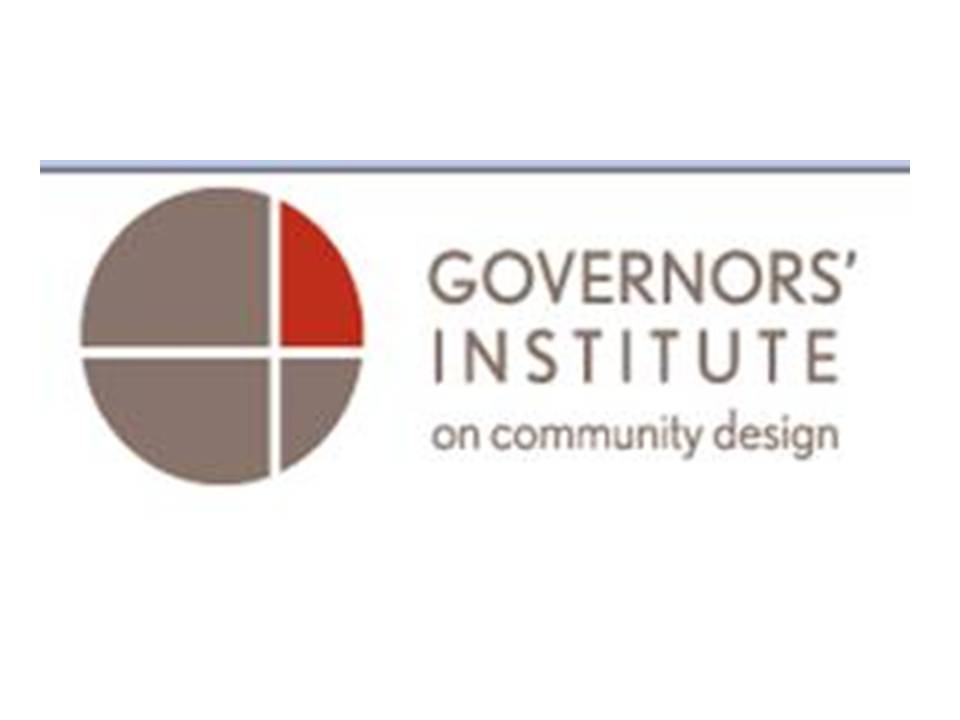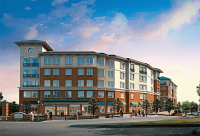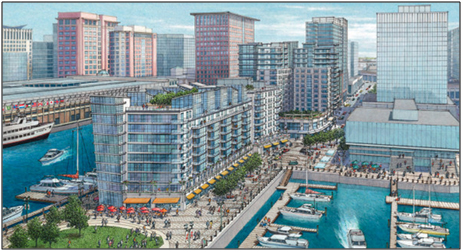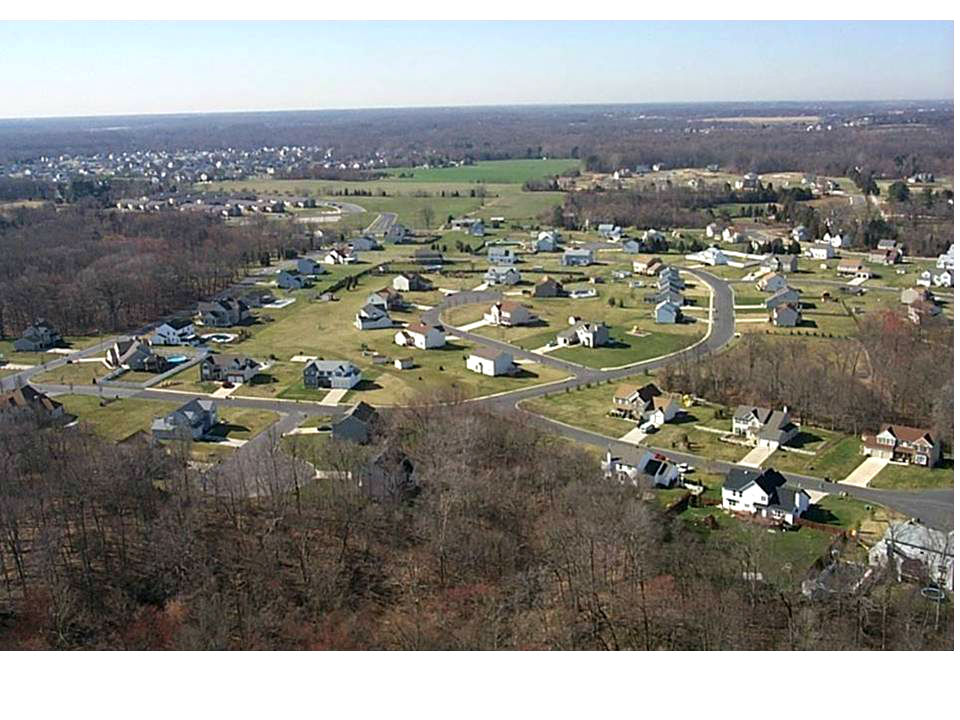New Jersey Future Blog
Forum Roundup: Making the Affordable Housing Numbers Work(able)
April 5th, 2017 by Elaine Clisham
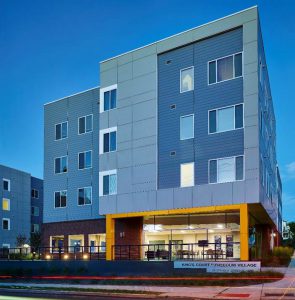
Freedom Village, on the site of the former Apollo Dye factory in Paterson, provides affordable housing for low-income seniors. Photo courtesy of Pennrose Properties
“It’s the best of times; it’s the worst of times” is how moderator Tony Marchetta from the New Jersey Housing and Mortgage Finance Agency kicked off the affordable housing session at this year’s Redevelopment Forum.
It’s the best of times, he said, because courts are now starting to get specific about municipal obligations, and, at the federal level, there is a push to expand the Low Income Housing Tax Credit by 50 percent.
But it’s also the worst of times, Mr. Marchetta said: Court-mandated obligations are not consistent, many towns have not yet settled, and indeed some towns are actively fighting their proposed obligations. New Jersey is still struggling to generate enough affordable housing units now that Sandy recovery money and state economic-development funds and tax credits have been exhausted.
With that as a table-setter, the session moved on to talk specifically about how towns can best go about generating the affordable housing units they’re obligated to produce. Jessica Caldwell, a planner with several New Jersey municipalities, emphasized that, as the state looks increasingly to redevelopment to accommodate its growth, inclusionary zoning will become just one of many options towns will need to use to meet their obligation. She listed a suite of tools of which towns can take advantage either to adjust their obligation or to make it easier to meet it:
- Vacant land adjustment requires a town to calculate how many units can reasonably be generated on available vacant land, and to consider that what Ms. Caldwell called “a start” toward meeting its obligation;
- Reviewing inclusionary zoning standards for density and required percentage of affordable units can offer a way to increase production of new units;
- Reviewing other options, such as trust funds, deed restrictions, etc., can also uncover opportunities to generate new units.
Jae Shin from Hector Design Service then discussed the key design qualities that any housing project, affordable or not, should have in order to enhance its community. It’s sometimes harder to deliver these in a suburban setting, she said, but it’s still critical and increasingly designers are moving beyond the idea of “suburbia in decline” and bringing good urban design principles to suburban locations. A good housing development, she said, should be:
- Connected: By design, residents should be connected to their community. This is easier in walkable communities, but in less walkable places, it’s still achievable by building connections through internal public spaces, walkways, and other shared spaces.
- Active: Design must address health outcomes. Small tweaks can achieve big results: Good pedestrian connections within and to/from the development will encourage more walking; and open spaces — exercise areas, for example, and gardens — should be designed to be used actively. These can be small in scale, rather than having to be neighborhood-wide.
- Sustainable: Ms. Shin said we have moved beyond the time when sustainable building was optional; it’s now expected. In New Jersey there are green components in the state’s Qualified Allocation Plan for federal affordable-housing funds.
See Jae Shin’s presentation for a list of tools that can foster connected, active and sustainable design.
Ms. Shin’s advice: Involve designers and engineers early so principles of good design can be baked in from the start, and integrated with other layers.
In response to a question from the audience about objections to increased density, Ms. Caldwell emphasized that very few people know what “x units per acre” looks like, and that a town is much more likely to accept new units if their appearance and quality can enhance the overall community. Mr. Marchetta added that the New Jersey Housing and Mortgage Finance Agency has design standards incorporated into many of its projects, and into its funding requirements, and emphasized that good design can go a long way toward helping ensure greater acceptance by the community of affordable housing development.

